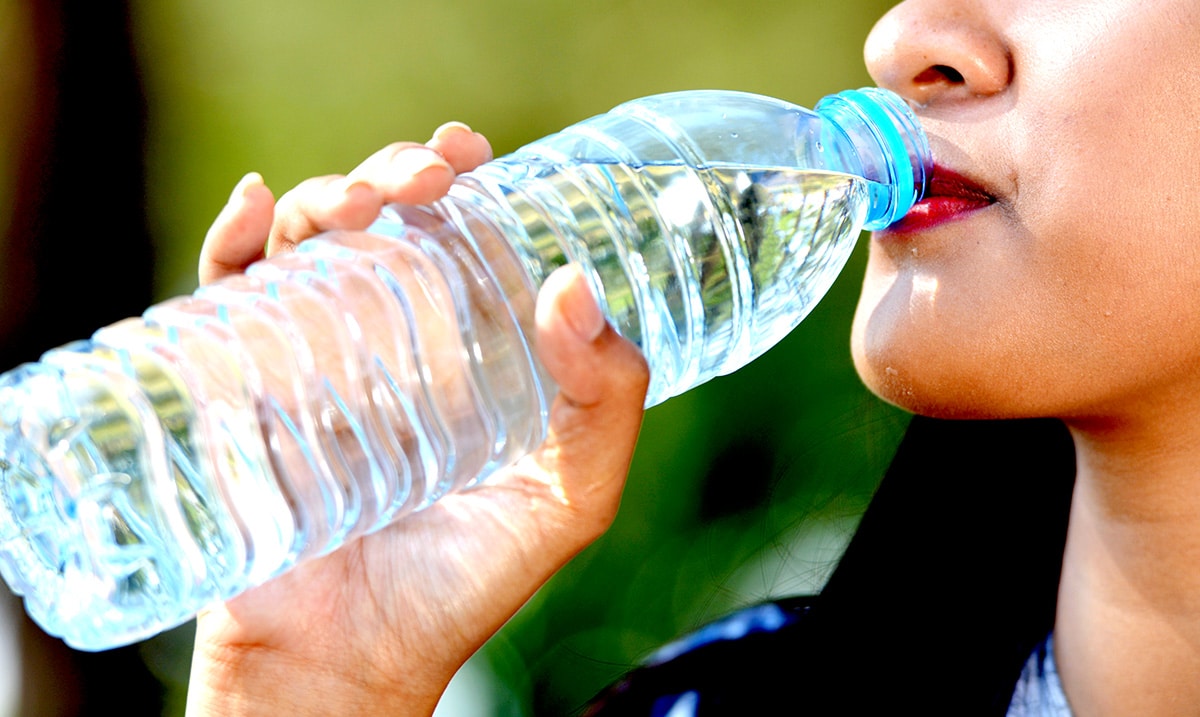While you might not usually think twice about drinking that thirst-quenching bottle of water, it could be doing some serious harm. Plastic in all of its forms has many downsides and the chemicals we’re taking in because of its use might be more than we could have ever imagined.
While not many people covered it or even mentioned it, a study from last year is making its rounds finally. This study came from researchers at Exeter University who took the time to look at data and collect samples from the blood and urine of almost one hundred teenagers. These teenagers were between the ages of seventeen and nineteen and the things found within their urine as well as their blood were quite shocking. According to the findings present from this study, at least eighty percent of those who partook in this research were holding hormone-disrupting chemicals within their bodies unknowingly.
These teenagers had traces of something known as Bisphenol A or BPA inside of their bodies. For those who do not know BPA is a compound used to make plastics and it is what we consider to be an endocrine disruptor. Endocrine disruptors are extremely dangerous and can interfere with the hormone systems of those who ingest them. These disruptions can cause cancerous tumors, developmental disorders, defects on a wide range, and so much more. That being said, endocrine disruptors can be found in a lot of things. They can be and usually are present in things like plastic bottles, metal food containers, detergents, foods, cosmetics, and so forth.
In regards to these findings Professor Galloway who worked on this study said as follows in a press release:
“Exposure to the endocrine-disrupting chemical Bisphenol A is ubiquitous. There is growing evidence that exposure to endocrine-disrupting chemicals may be associated with adverse health outcomes. Measurable levels of BPA were present in the vast majority of our participants. They were unable to achieve a reduction in their urinary BPA levels over the 7-day trial period despite good compliance to supplied guidelines.”
This highlights a growing issue as mentioned above in regards to leaching when it comes to plastics in general but especially bottled water considering how widely it is consumed. To learn more on this topic and the dangers of BPA, in general, please feel free to check out the video below. While it might not seem like much on paper, the risks and damages this kind of thing can cause are quite present in the lives of many. Whether you are aware of the issues that you (or someone else) may be facing or not, they are not going to just go away.

